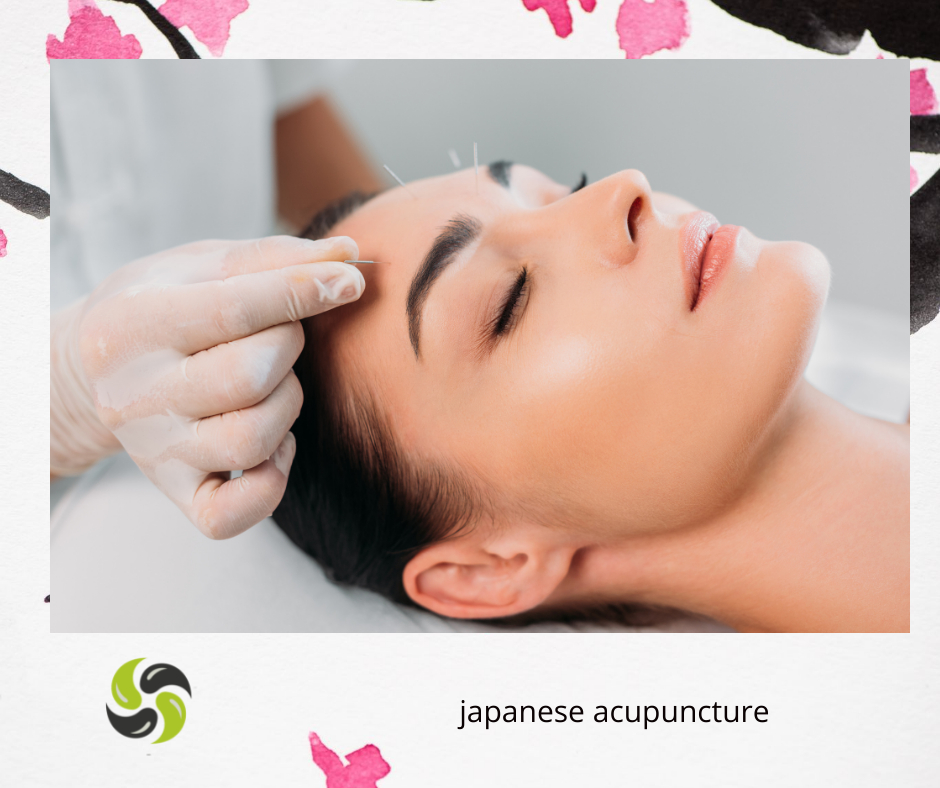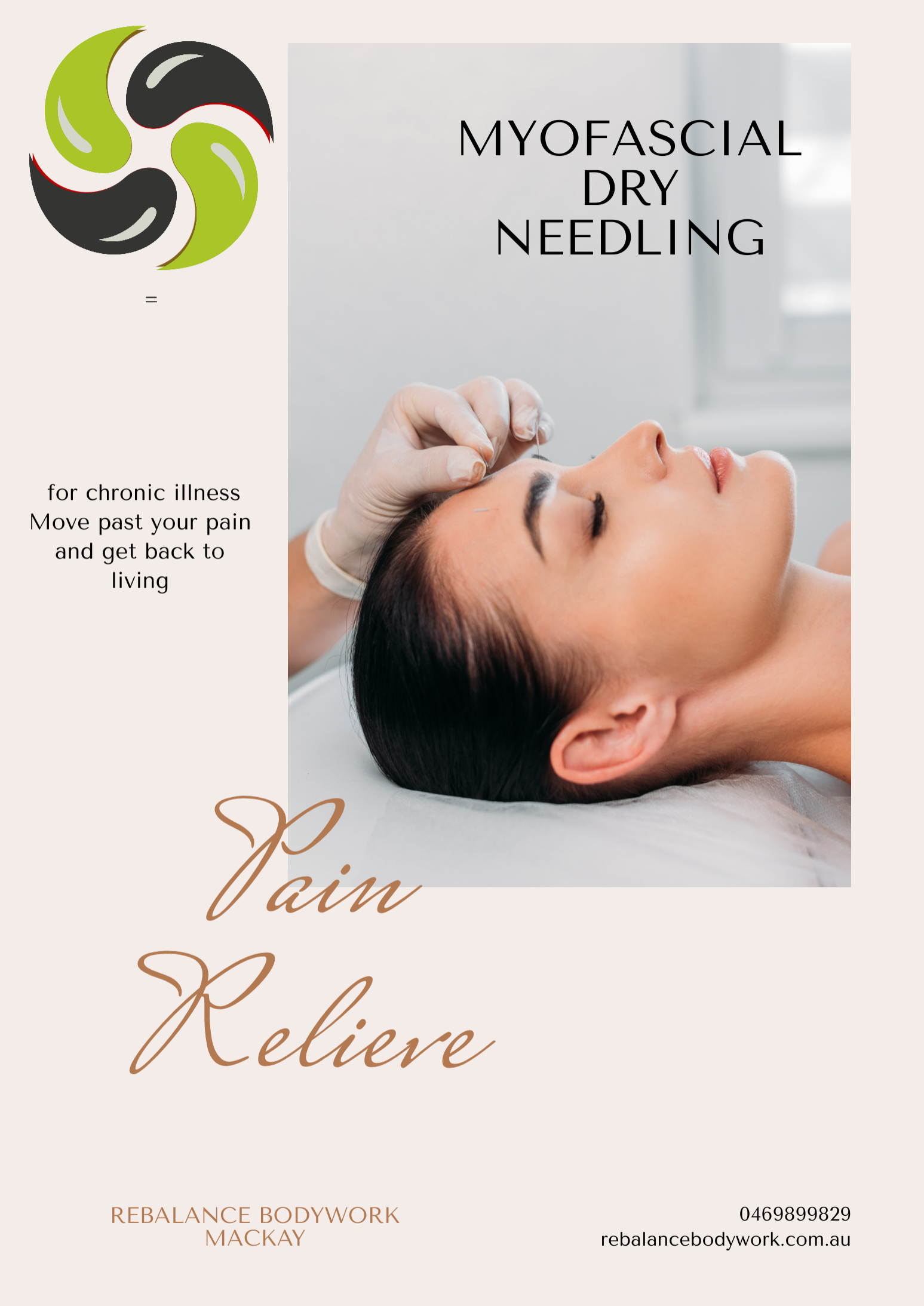Japanese acupuncture and Traditional Chinese Medicine (TCM) acupuncture share many similarities, but there are some main differences between the two practices:
- Needling technique: Japanese acupuncture typically involves thinner needles and shallower insertion compared to TCM acupuncture. Japanese acupuncturists also use gentler needling techniques, such as non-insertion techniques and shallow insertion.
- Diagnosis: Japanese acupuncture places greater emphasis on palpation to identify and treat imbalances in the body, including abdominal palpation, pulse diagnosis, and observation of the skin and tongue. TCM acupuncture also uses palpation, but places greater emphasis on tongue diagnosis and the flow of qi through the meridians.
- Treatment approach: Japanese acupuncture is often described as a more subtle and gentle form of acupuncture than TCM acupuncture. Japanese acupuncture aims to create a sense of relaxation and balance in the body, while TCM acupuncture focuses on stimulating specific points to treat specific conditions.
- Additional techniques: Japanese acupuncture may also incorporate other techniques, such as moxibustion, cupping, and shiatsu massage, to enhance the therapeutic effects of acupuncture. TCM acupuncture may use other modalities like herbal medicine, dietary therapy, and lifestyle modifications to support acupuncture treatments.
- Philosophy: Japanese acupuncture emphasizes the concept of “ho” or “non-doing” in the treatment process, which means allowing the body to heal itself naturally with minimal intervention. TCM acupuncture emphasizes the balance of yin and yang, as well as the flow of qi energy throughout the body.
In ReBalance Bodywork Mackay, we tend to use thinner needles, also use moxa most of the time.



